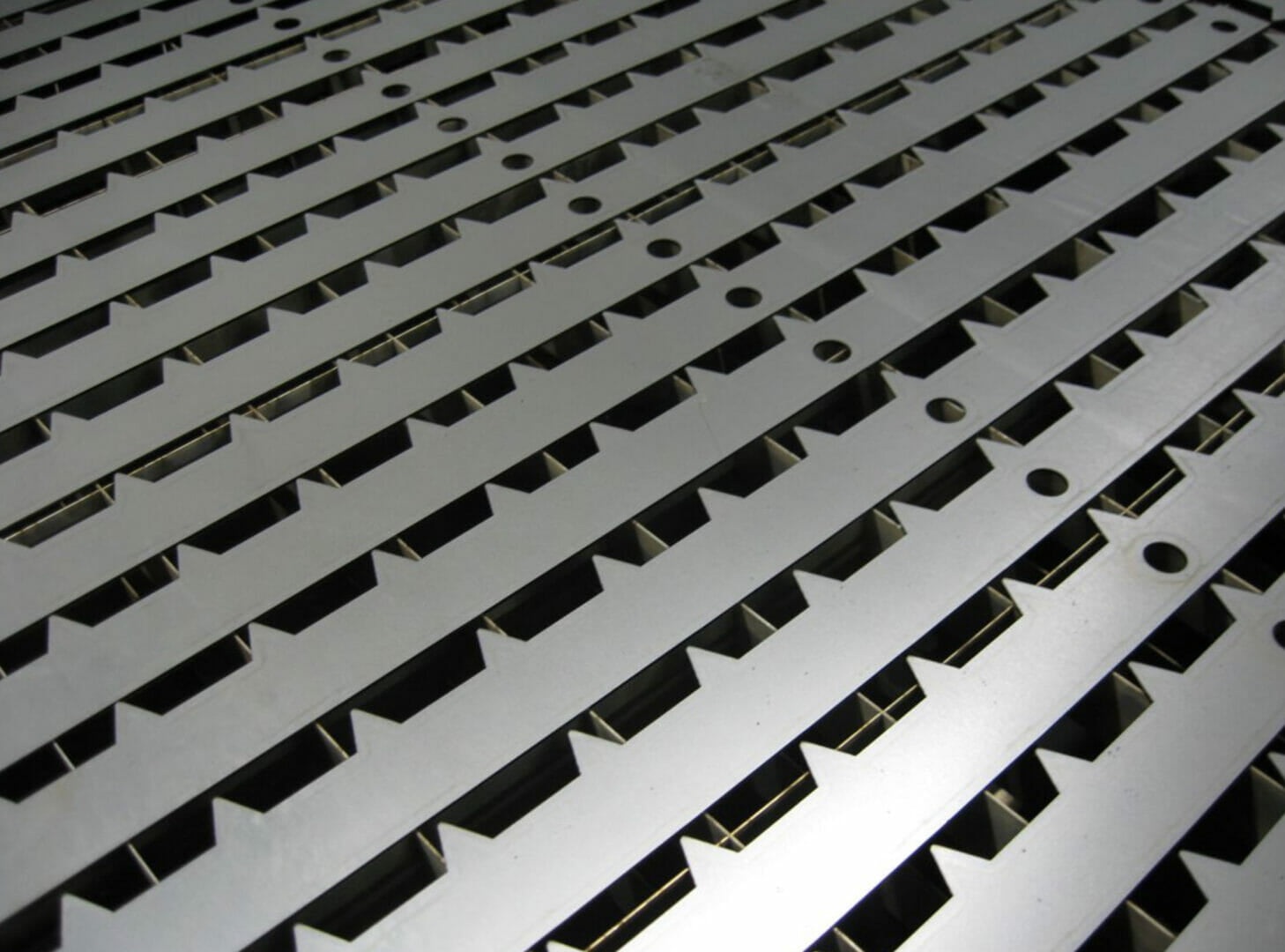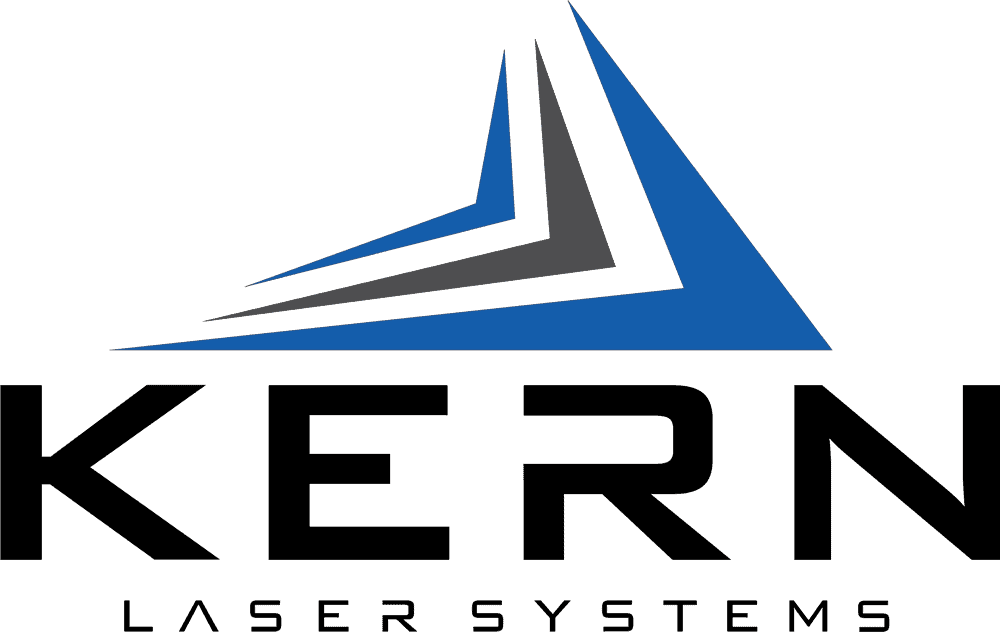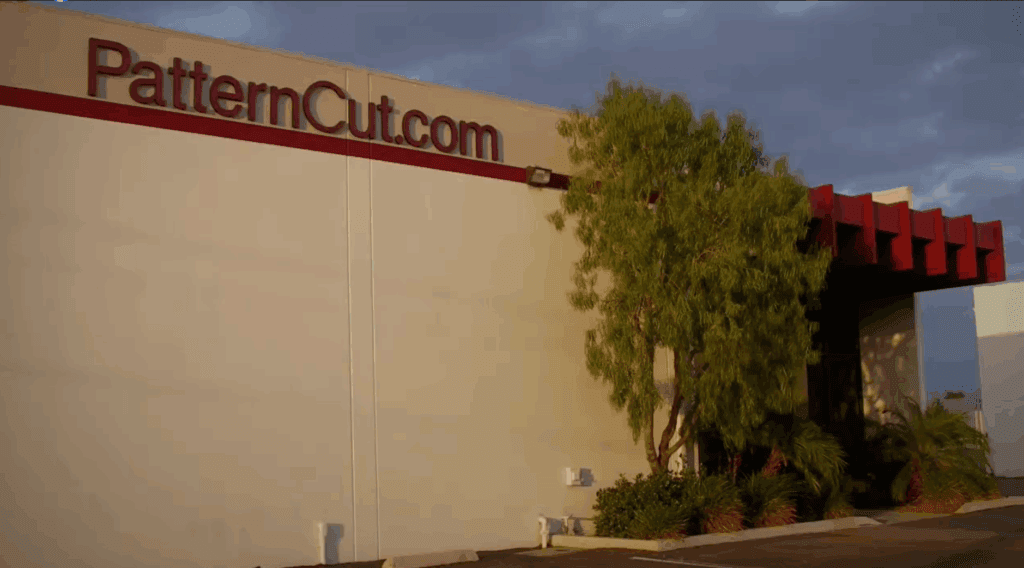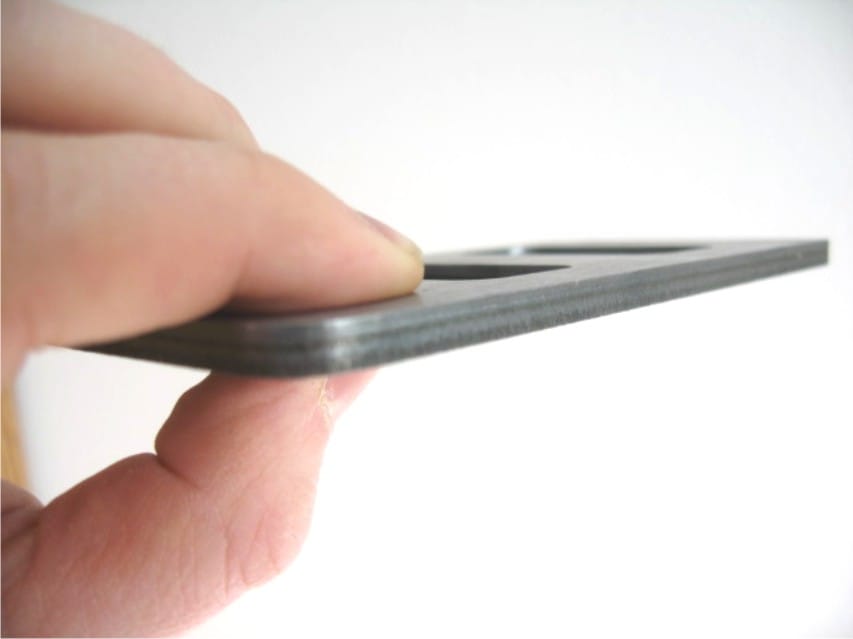Laser-cutting machines are powerful and versatile manufacturing tools. They can help businesses maximize productivity by moving away from manual manufacturing processes, and they can also allow businesses to expand into processing new materials and working with customers in new product categories.
Here are five business categories that should consider using laser-cutting machines in their production processes, as well as descriptions of the ways these machines can benefit them.
1. Job shops
For a job shop, adding a laser system is all about the versatility it brings to the table. C02 lasers are a great fit for companies that need to process a variety of materials for their customers. The wide variety of materials a Kern laser is able to process can give your business the opportunity to say “Yes” to a potential customer who comes in with a new material to work with.
In addition, a laser system can allow a shop to start processing sheet metal. You don’t need a high-wattage laser to be able to cut metal. Even our lower-power 150-watt lasers can cut thin sheets. (Some of our competitors’ lasers lack this capability.) This means a laser cutting machine that can easily process any other materials the company works with can also, in many cases, be your business’ entry point into metal cutting.
In some cases, more powerful manufacturing tools are not well-suited to certain materials. A CO2 laser can diversify businesses that already own more powerful, but more specialized manufacturing tools. For example, a plasma cutter or a water jet will simply be too much for thinner materials. A Kern CO2 laser system allows for more delicate and precise processing of thin materials without damaging them. For example, one of our customers couldn’t cut their thin metal sheets with a fiber laser, so they needed to switch to working with a CO2 laser.

2. Die cut businesses
Similar to the case for job shops above, for a business that predominantly does die-cutting, integrating a laser system is about adding versatility. Die-cutting doesn’t really allow for custom cuts (it’s much better suited to manufacturing at a larger scale). Adding a laser system can allow these businesses to do more one-off or customer-specific processing.
3. Fabric cutters
There are many labor-intensive manual processes that could be made faster and easier using laser-cutting machines.
An example of such a manual process would be cutting fabric. In this case, using a laser not only speeds up a process but also virtually eliminates another: This is because the process of laser cutting naturally seals the fabric edge. A business processing fabric on a laser can cut the same amount of fabric in a matter of minutes, which would have taken several hours of work by hand.
Other manual processes can also be improved or transformed by the integration of a CO2 laser system. One Kern customer is currently switching to a laser from a process involving foot-shearing aluminum photo metal.
4. Makers of printed materials
Many businesses producing print materials can also benefit from CO2 laser cutting. Kern lasers are especially good for this work thanks to our optional K-Vision Camera, which allows for high-precision cutting of printed materials. The camera is mounted on the laser system’s nozzle, and it measures distances between registration marks on the material being processed and compares those measurements against the marks on the original cutting file, which allows the system to compensate for distortion and rotation.
Lasers are also great for point-of-purchase displays. As with fabric, laser cutting imparts a desirable edge quality onto cut acrylics.
5. Inventors, prototypers, and non-contact manufacturers
CO2 laser systems are great for many materials that have specific demands in order to be processed correctly. Laser-cutting machines have a Swiss Army Knife-like quality in this regard.
For businesses creating brand-new products, a CO2 laser system can be calibrated and re-calibrated to go from one version of a product to the next. This type of business needs a tool that is equipped for very custom cutting work, and CO2 laser systems fit the bill.
For some flexible, soft, or deformable materials, the best (or only) way to cut them accurately is to use a non-contact method, where distance measurements, rotations, and cuts are all made without a machine or person making physical contact with the part being processed. For obvious reasons, a laser cutting system is ideal for working with this kind of material.
Our optional Automatic Focusing Height Follower feature also allows Kern Laser Systems to process some materials that aren’t flat. This is another area where our products excel and offer a level of custom functionality that competitors’ lasers and many other manufacturing tools simply can’t match.
For more information on the types of material our lasers can process, check out our Applications & Materials page.



